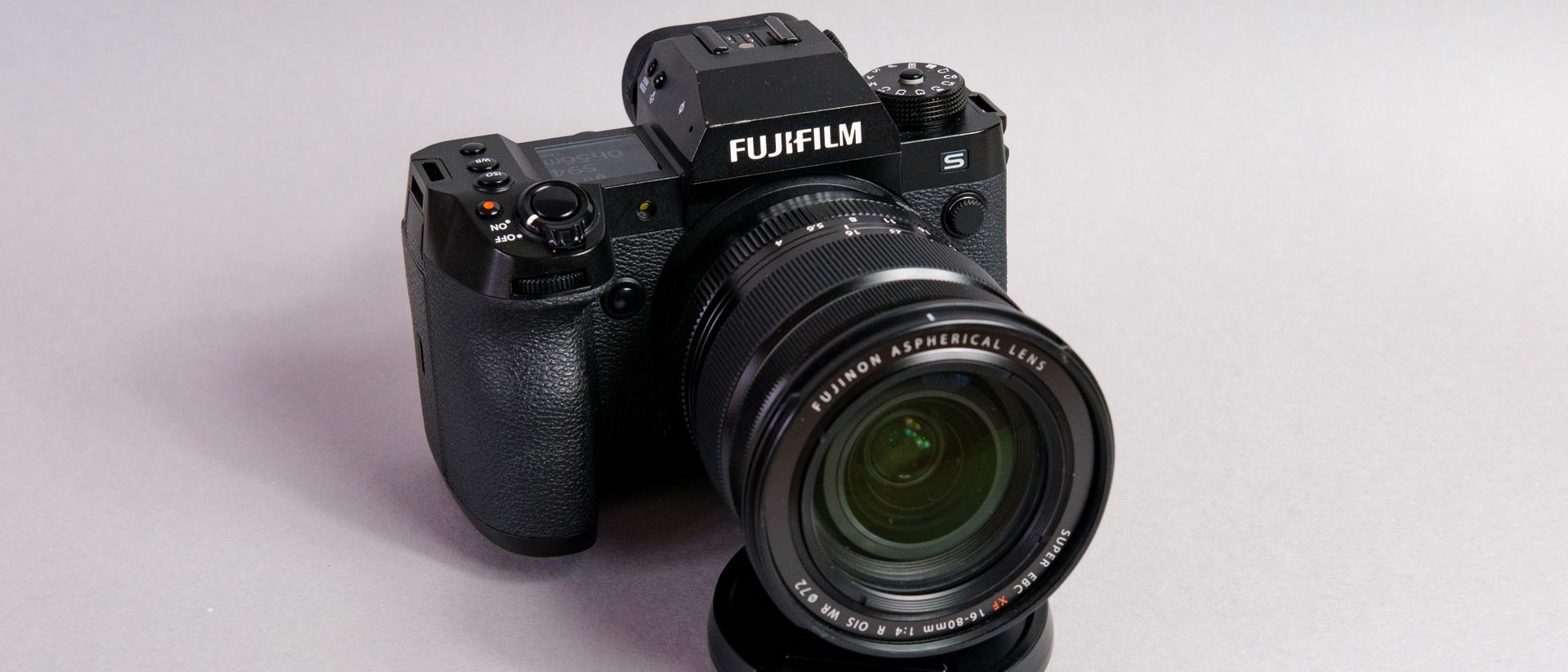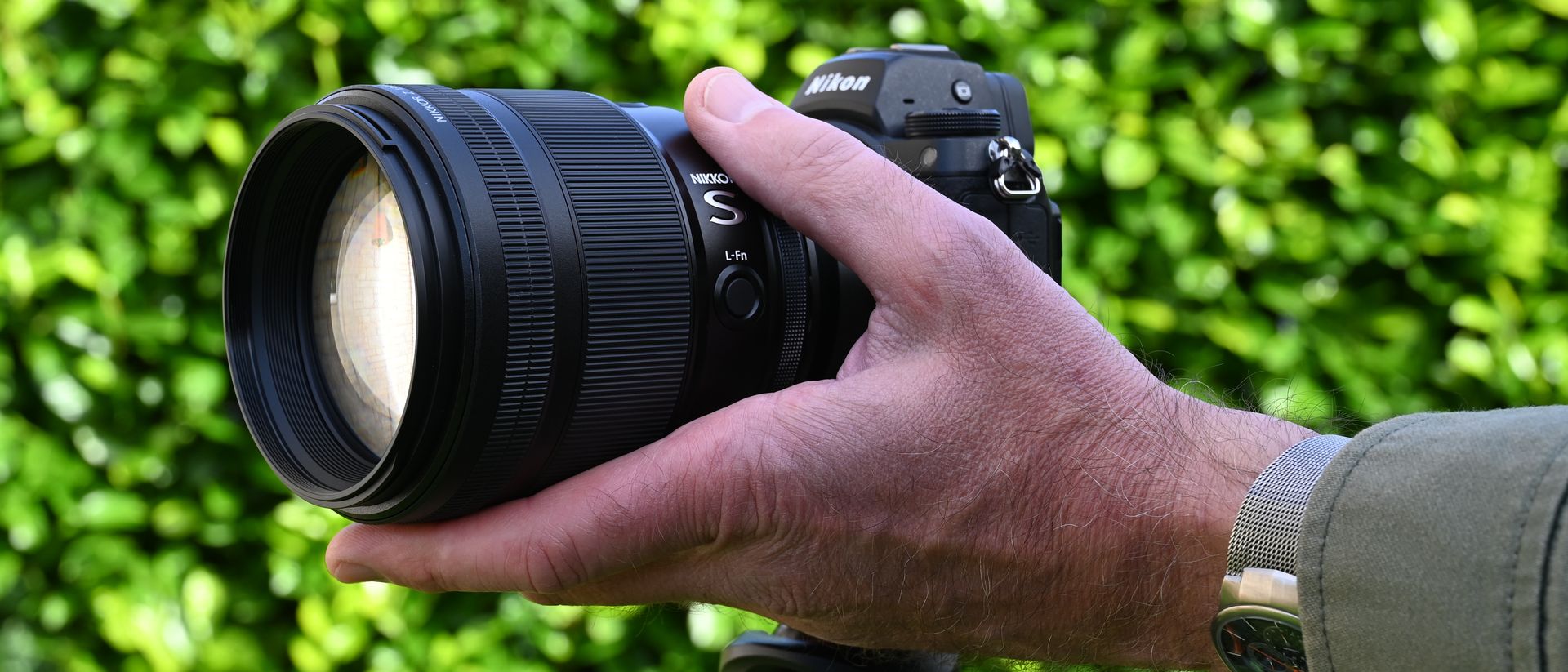The Canon EF 50mm F1.8 II is the least expensive lens currently available for the EOS system, and has been in the lineup since late 1990. It’s a simplified version of the original EF 50mm F1.8 of 1987 (often referred to as the ‘Mark I’) which was supplied as standard with some of Canon’s earliest 35mm EOS SLRs; however it can trace its lineage back a lot further than that, as the company has been making 50mm F1.8 standard lenses since 1959. Like its predecessor, it uses simple symmetric Gaussian optics with six elements in five groups, in a well-proven formula which is known to offer excellent correction of aberrations.
Although designed as a ‘standard’ lens for 35mm film, these days the 50mm F1.8 is far more likely to be seen doing service on APS-C format DSLRs, on which it behaves like a short telephoto portrait lens (80mm equivalent). With its remarkably low (sub-$100) price, it tends to attract the interest of Canon SLR users looking to start experimenting with fast lenses for low light and shallow depth of field work, or simply hoping to get sharper results than those which can be provided by the kit lens bundled with the camera body. It’s also a potential option for those seeking a near-disposable lens to use in adverse conditions.
Of course this isn’t the only lens of its focal length in Canon’s lineup, and potential buyers will often also be tempted by the EF 50mm F1.4 USM which we reviewed recently, despite its significantly higher price tag. So the question we’ll be asking in this review is whether the slower lens offers such compelling value for money that it’s an unmissable bargain, or if instead the inevitable compromises involved in hitting such a low price point are too much to tolerate.
Headline features
- 50mm focal length
- Fast F1.8 maximum aperture
Angle of view
The pictures below illustrate the angles of view on 35mm full frame and APS-C camera bodies:

50mm (35mm full-frame)

50mm (APS-C; 80mm equivalent)
Design

The EF 50mm F1.8 II is the cheapest lens Canon makes, and the build quality is commensurate with the price. From the mount at one end to the filter thread at the other, the entire external structure is made of smooth black plastic, and overall this lens gives the impression of being built to a (very limited) budget. Features and controls are kept to an absolute minimum; you get a focus mode switch and a near-vestigial focusing ring, but that’s about it. The front element is recessed by about 12mm from the filter thread, in effect providing a built-in hood for reduction of flare, and the barrel is quite broad and stubby to accommodate the focus and aperture motors plus the associated electronics.
Of course one advantage of the minimalist design approach is extremely light weight, and this lens tips the scales at a featherweight 130g, so won’t exactly add unwelcome heft to your camera bag. But as the body is unusually large with respect to the optical unit itself, this has the effect of reducing the ‘density’ of the lens (indeed if it were a sealed cylinder, it would float in water); the overall impression is of anything but solidity.
Autofocus
This lens uses a very basic micromotor to drive the autofocus, which isn’t the best system Canon has ever made. AF performance is overall quite similar to the 18-55mm kit lenses, i.e. a little slow and slightly noisy (although a lot better in this regard than some similar systems we’ve used, such as the Olympus 50mm F2 macro), however the large maximum aperture does mean that it continues to work happily in much lower light levels before starting to struggle and hunt for focus.
In use, the AF generally works very well in good light, but as illumination levels fall it becomes progressively more hesitant and less reliable. It has a disconcerting tendency to misfocus slightly in low light (most visible when shooting with large apertures) and whilst the camera body’s AF system must share some of the blame for this, the EF 50mm F1.4 USM does appear to be more reliable in these situations. As always, it must also be noted that focus speed and accuracy is dependent upon a number of variables, including the camera body used, subject contrast, and light levels.
If you are interested in Lens product or any electronic product, come to tradelectronics !
- Source: dpreview




